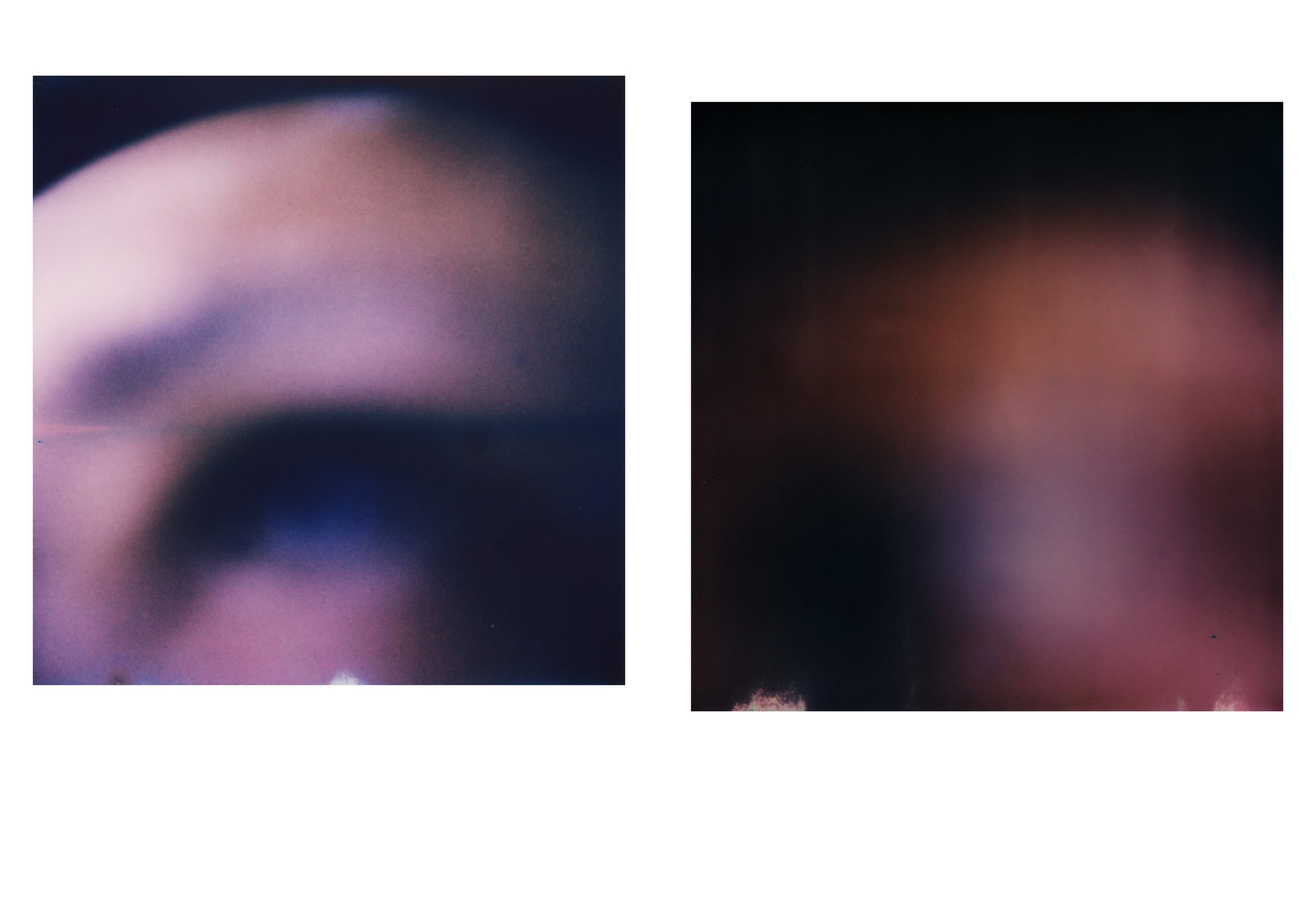Near-far
(2023 - ongoing)
For a long time, I found conviction in Descartes’ Dioptrique, which approaches vision as a mechanical process—light bending, images forming, vision sharpening. His ideas revolve around clarity, correction, and precision. But as we age, as our eyes weaken, and as distances stretch beyond our reach, how much of what we see is truly there? Vision, perhaps, is not just optics—it is memory, sensation, and interpretation.
An accidental injury to my left cornea left me unable to keep both eyes open for more than two weeks. During this brief but intense period, I had to keep my eyes shut to ease the pain, rendering my glasses useless. With my myopia, my world dissolved into shifting, unfocused shapes—ripples of color and glare and shadow. These unique visual experiences lingered long after recovery, prompting me to reconsider not only the refractive error of my eyes but the nature of seeing itself.
We tend to believe vision is reliable, a clear window to the world. But when I tried to examine my own reflection, struggling to bring my eyes into focus, I understood how fragile and uncertain sight can be. Just as Merleau-Ponty wrote: “The enigma derives from the fact that my body simultaneously sees and is seen. That which looks at all things can also look at itself and recognize, in what it sees, the 'other side' of its power of looking.” My eyes were both seeing and being seen—yet nothing felt truly in focus.
My experience of blurred vision was not just a distortion; it became an alternate way—or perhaps the intrinsic way—of sensing the world. Merleau-Ponty reminds us that vision isn’t merely about receiving images; it’s about how we move, how we inhabit space, and how our bodies shape what we perceive. Seeing, then, was no longer only about looking—it was about feeling, remembering, and imagining what lay beyond the haze.
Near-far moves between these states—focus and dissolution, presence and absence, intimacy and distance. It makes me wonder what it truly means to see, and how much of our vision is shaped not by the eyes, but by everything else we carry within us. It could be near, and still far.
在很长的一段时间里,我深信笛卡尔在《屈光学》中对视觉的理解——他把看见当作一种机械过程:光线折射、图像成形、视野得以清晰。他谈论的是明晰、校正与精准。但随着年龄增长,我们的眼睛渐渐变得疲弱,较远的事物也越来越难以捕捉,我们所看到的,真的存在吗?也许视觉从来不只是光学,它也承载着记忆、感受,甚至想象。
有一次,我的左眼角膜意外受伤,在那两个多星期里,我无法睁开双眼。为了缓解疼痛,我只能长时间地闭着眼睛,眼镜自然也派不上用场。原本近视的我,世界又重新变得模糊不清,只剩一片片游移的色块与光影交错。这段特殊的视觉经验,即便在康复之后,依然留在我的记忆里,也促使我重新去思考,不只是眼睛本身的问题,更是“看”究竟意味着什么。
我们总以为视觉可靠,是与世界沟通的清晰窗口。但在那段时间里,我常常凑近镜子,试图看清自己的眼睛,却始终无法让视线聚焦。那一刻我真正意识到,看,其实也可以是模糊的、脆弱的。正如梅洛-庞蒂所写道:“奥秘在于,我的身体既是看者,也是被看者。那个注视万物的眼睛,也可以看向自己,并在所见之中认出它凝视能力的‘另一面’。”那时,我的眼睛既在看,也被看着,但一切却始终无法真正入焦。
那种模糊的视野,并不只是障碍,它反倒像是开启了另一种感知方式——甚至可能才是最贴近本质的一种方式。梅洛-庞蒂提醒我们,视觉不只是被动地接收图像,它关乎我们如何移动、如何与空间共存、身体又如何形塑我们眼中的世界。那时的“看”,已经不仅仅是注视,它也包含了感受、回忆,还有对朦胧背后事物的想象。
《屈光》就在这些状态之间游走——聚焦与消散、临近与遥远、呈现与隐匿。它让我反复地思考,“看见”究竟意味着什么?而我们所见,又有多少并非由眼睛决定,而是由我们内心深处、那些怀揣已久的感知与记忆所构成?有时,它是那样近,却又似乎始终在远方。












































